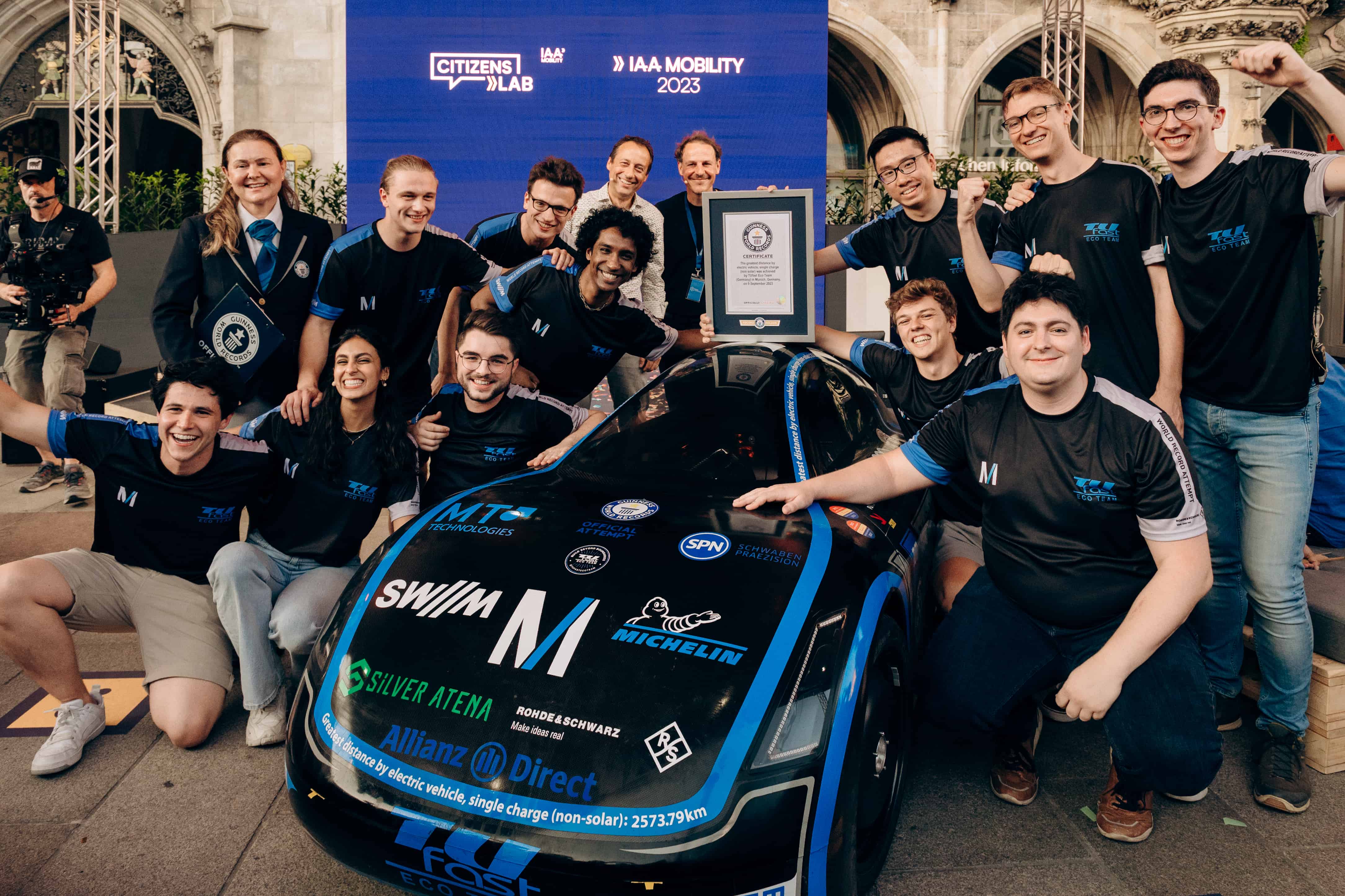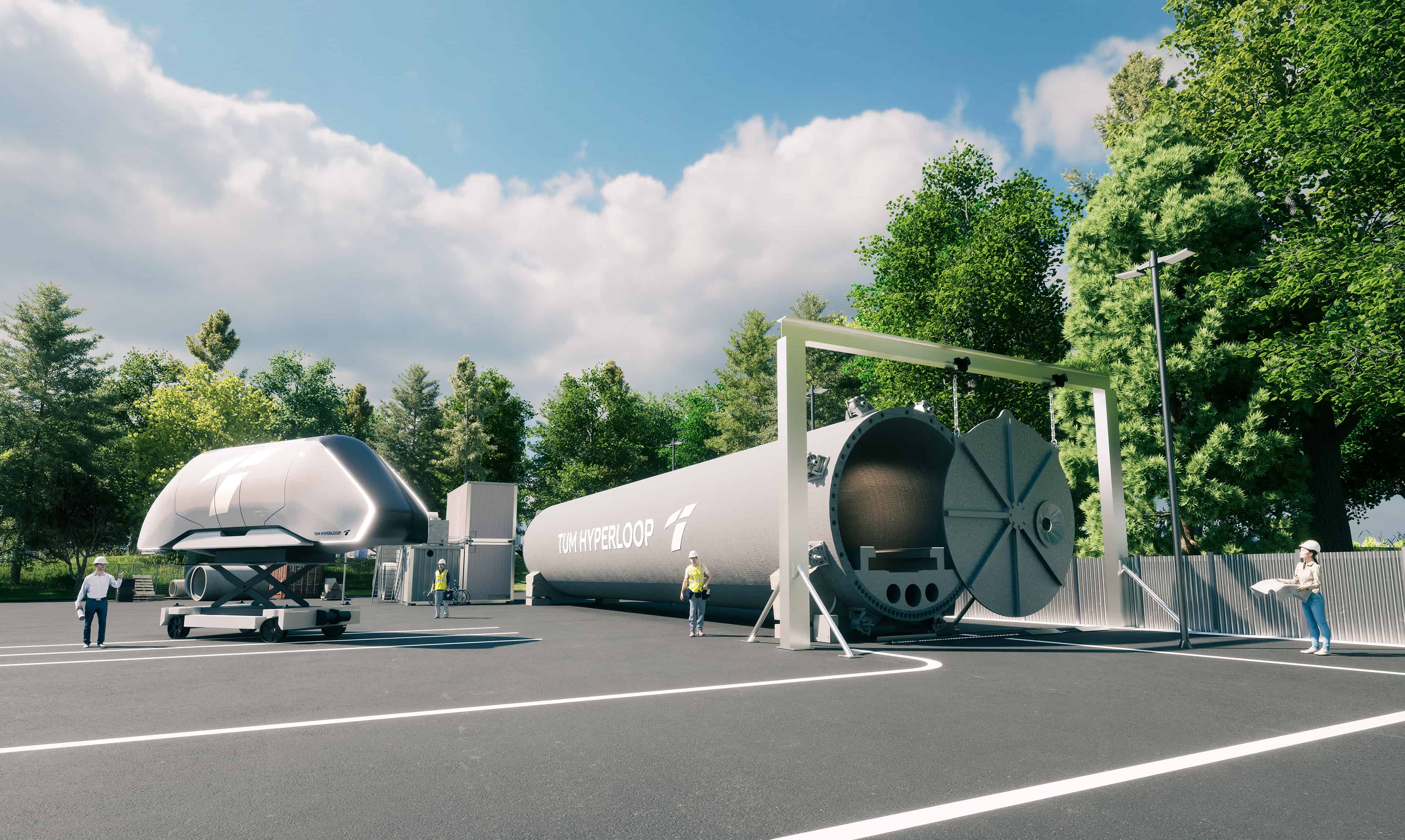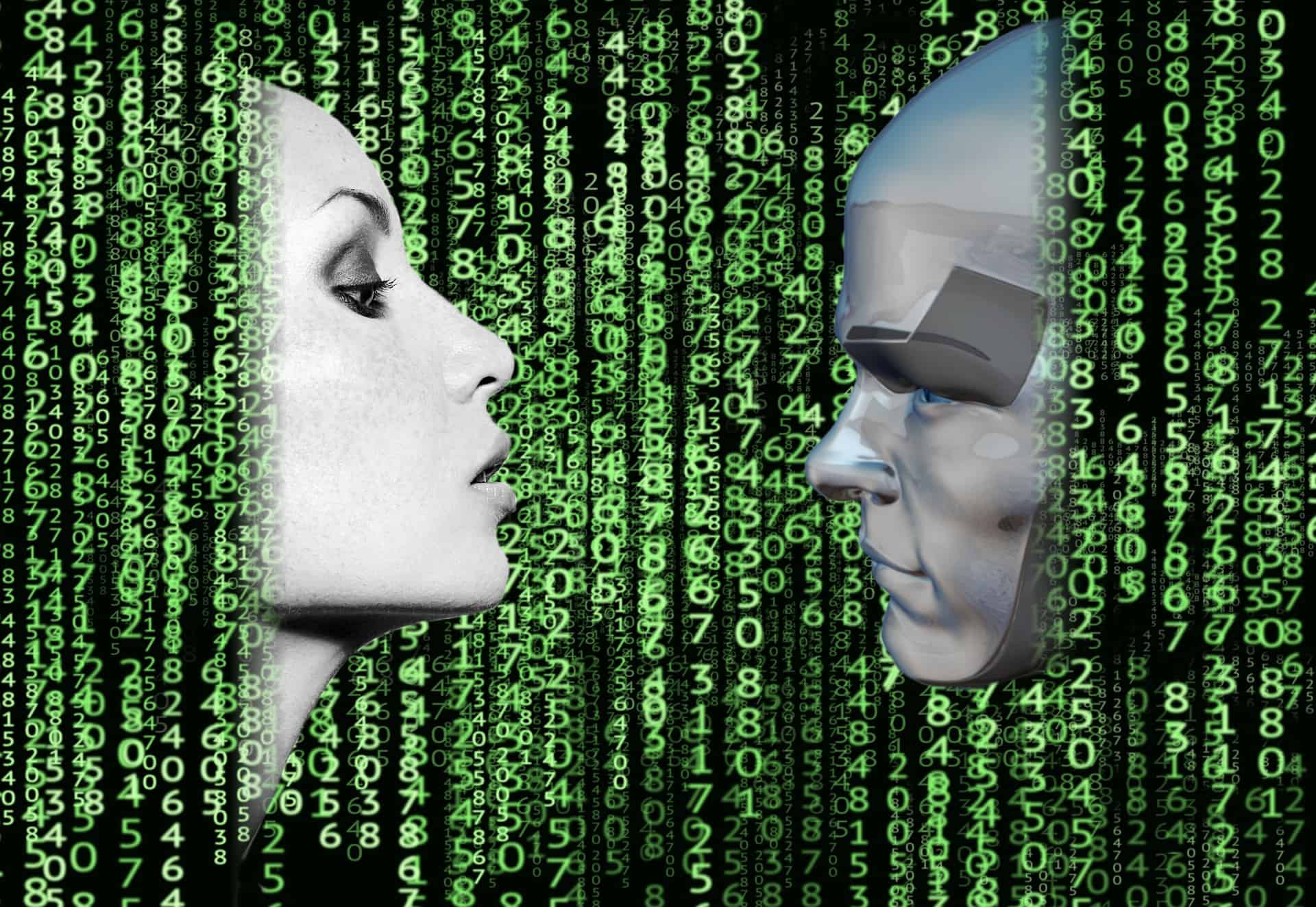
In general, self-driving cars are expected to make road traffic safer by eliminating the “human error” factor. But until such a vehicle can handle all situations completely on its own, it must be able to recognize and process all possible situations. Since some situations are difficult to predict or simply too complex, existing systems quickly reach their limits.
A team led by Prof. Eckehard Steinbach, Chair of Media Technology and member of the Board of Directors of the Munich School of Robotics and Machine Intelligence (MSRM) at the Technical University of Munich (TUM), has now developed a system that can warn the driver when it foresees a situation that the system will not be able to handle on its own.
Unlike previous developments for self-driving cars, the researchers are not relying on models that allow the vehicle to assess the behavior of all participants on the road. Instead, they rely on artificial intelligence (AI) that can learn from previous situations in which self-driving test vehicles have reached their limits in real-world traffic. In such scenarios, the human reassumes control of the car, either because he is prompted to do so by the car or because he has made the decision himself for safety reasons.
Pattern recognition by RNN
With the help of sensors and cameras, the technology scans the environment and records the situation of the vehicle, the scientists say. This includes things such as the position of the steering wheel, the condition of the road, the weather, visibility and current speed. From this data, the AI, which is based on a so-called recurrent neural network (RNN), learns to recognize patterns. When such situations arise in the future, it recognizes the pattern from the previous instance when the automated control system was overwhelmed. It then warns the driver that a potentially critical situation is about to occur.
“To make vehicles more autonomous, many of the methods up until now examine what the cars understand about traffic so far and then improve the models that the cars follow. The big advantage of our technology is that we completely ignore what the car thinks and instead look purely at the data of what is actually happening and find patterns,” Steinbach says. “This way, the AI also detects potentially critical situations that may not have been detected in models, or not yet. Our system thus provides a safety function that knows when and where cars have weaknesses.”
Warning up to seven seconds in advance
The technology was tested together with automated driving development vehicles from the BMW Group in public road traffic. This resulted in around 2,500 situations in which drivers had to intervene. When evaluated, the study found a prediction accuracy of over 85 percent, with up to seven seconds of advance warning before the situations occurred.
A large amount of data is needed for the technology to work, as AI can only learn from situations it has already experienced. Because of the volume of development vehicles, data would be generated virtually on its own, says study author Christopher Kuhn: “Every time there’s a potentially critical situation during test drives, we are provided with a new training example.” And each vehicle could learn from the fleet’s records by storing data centrally, he adds.
For more articles on self-driving cars, click here.







